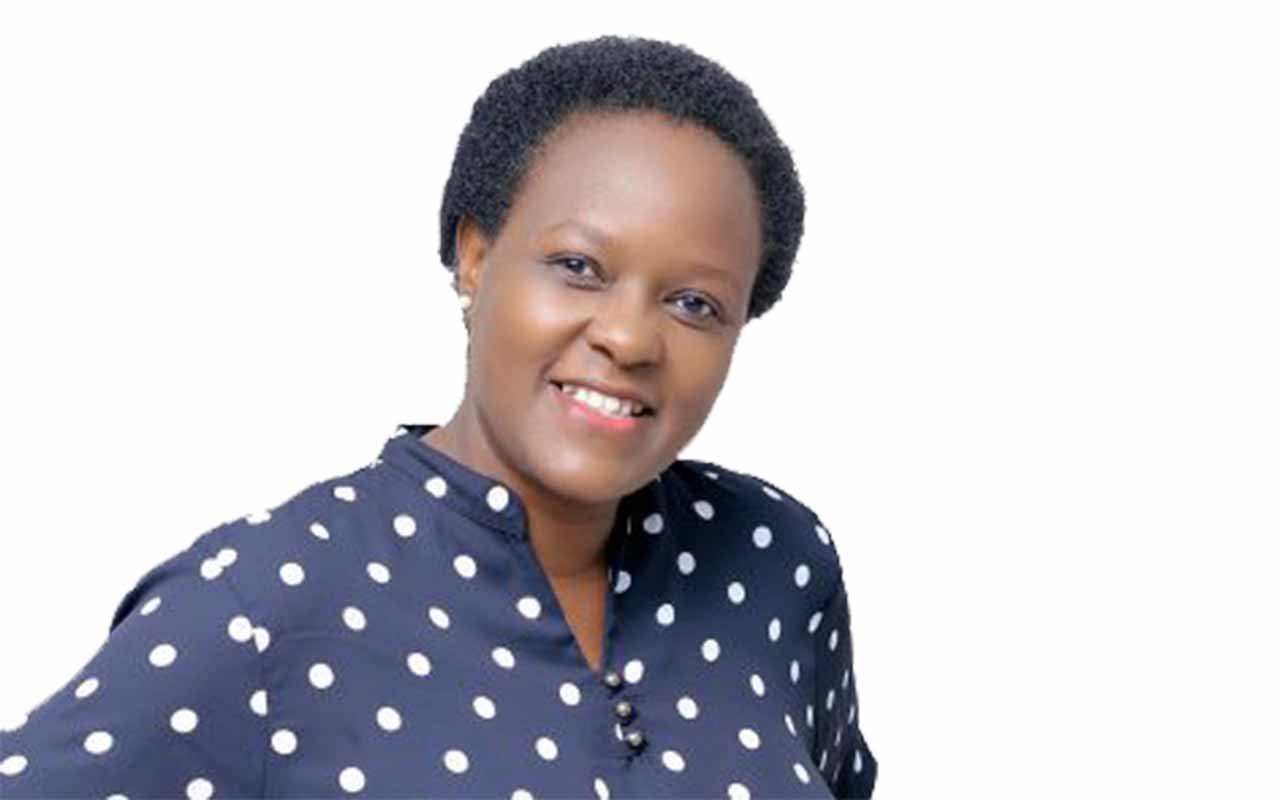Ferrying 400 sugarcane growers from Busoga to Lamwo District doesn’t make economic sense
What you need to know:
- Point of divergence. The issue in Ayuu Alali is not that people object to economic development. What they object to is the government’s top bottom rather than bottom top approach, notwithstanding that their shareholding in the project is being managed by Uganda Development Corporation under the chairmanship of Dan Kidega, the former Speaker of the East African Legislative Assembly.
We salute the President for his unwavering role in the fight against the Covid-19 pandemic. While other countries were slow in taking preemptive action against the pandemic, President Museveni’s robust and prompt action in locking down the country earlier, may have saved many lives.
Equally, our medical professionals have been outstanding in their response and have managed to keep the infection numbers below compared to tally in other African countries.
Although Health minister Jane Ruth Aceng confirmed the movement of over 400 sugarcane labourers from Kamuli to Lamwo District to train the locals on how to plant sugarcane, other media outlets asserted otherwise. The other sources said government gave permission for the Ayuu-Alali sugarcane project to recruit casual labourers from within Lamwo District. So why would one need 400 sugarcane planting trainers from Kamuli?
The Ayuu-Alali sugarcane project has been marred in controversy since it begun in 2018.
While some people have suggested the local people are in support of the project, others have refuted this assertion saying this area has always been the food basket of not only Lamwo, but Acholi, and Uganda as a whole, providing cash crops like simsim, cassava, rice, etc. Therefore, it beggars belief that people would be happy to substitute this way of life, which has sustained them for hundreds of years, for something that may not be of any beneficial value in the long-term.
There is a clear example of the many sugarcane projects in Busoga, the most notable being the Madhvani family, who have been in the sugar business now for more than 100 years. To borrow from Samuel Sejjaaka (Daily Monitor, August 26, 2017), he wrote: “But the facts remain that the only person who significantly benefits from the Madhvani empire is the Madhvanis”. He added: “… if you disagree with me, you can crosscheck the Gini coefficient for Busoga.” He states further: “Busoga is still one of the poorest and unequal areas of Uganda.”
Now, you tell me if the locals of Ayuu-Alli in would happily swap what is happening in Busoga for the life that has sustained them thus far.
Thankfully, the Madhvani Group have done a lot of philanthropic work for the people of Uganda with their wealth.
Similarly, the Basoga by nature, have always been subsistence farmers, growing cotton and coffee, before some of them turned to sugarcane growing. That’s why one will hardly find Basoga in other parts of Uganda working as casual labourers. In fact, even their cattle is being looked after by the Balalo cattle keepers, who are world class in cattle keeping and have settled in Mbulamuti, Namasagali and Kidera, in Kamuli District.
Back in history, and in respect to the 400 casual labourers, this kind of formal labour migration has ever only come from outside Uganda. For example, when the Madhvanis set up their sugar factory, labour was brought from Burundi and Rwanda. And due to clear agreement and timescale, they were returned to their own respective countries. In contrast, and within Uganda, there was always the informal casual labour flows by individual labourers from all over to mainly central Uganda.
Borrowing from Atiak sugar inn Amuru District, and in the past, labour of this scale was sourced from Palabek in Lamwo District and neighbouring districts. Therefore, it would have made more sense on economic or social welfare basis, that the 400 labourers should have been ferried from Atiak and the neighbouring districts, especially at this time of Covid-19 pandemic.
The current issue in Ayuu-Alali is not that people object to economic development. To the contrary, what they object to, is the government’s top-bottom rather than bottomtop approach, notwithstanding that their shareholding in Atiak Sugar project is being managed by Uganda Development Corpora tion, and overseen under the chair of Dan Kidega, the former Speaker of the East African Legislative Assembly.
While the overall venture involves the government, Horyal Investment Holding Company Ltd and the outgrowers, I would have expected the government as a holding company to handle the situation better.
In principle, the role of government is to give incentives to the population to better their income and livelihood, and here their role would be in providing the necessary infrastructure like schools, skills training centres, hospitals, roads, etc to attract labour from adjoining districts, while the local government and leaders with direct link to the people managed the project, on their behalf.
By importing labour from outside into the district, the income, meant to benefit the local people, filters outside the area. This, therefore, defeats the objective, on many counts.
Questions being asked of government is that, where does this leave the 3,000 outgrowers, with their five acres each, in terms of their income and welfare? The implication, here is that, this is no longer an outgrowers scheme, but an estate. What about the 400 labourers, who will pay them, how long will they stay?
However, if this is just a stop gap measure, this should also be made clear, so people are not worried for their livelihood and land.
Ms Nyeko-Jones is a Solicitor




